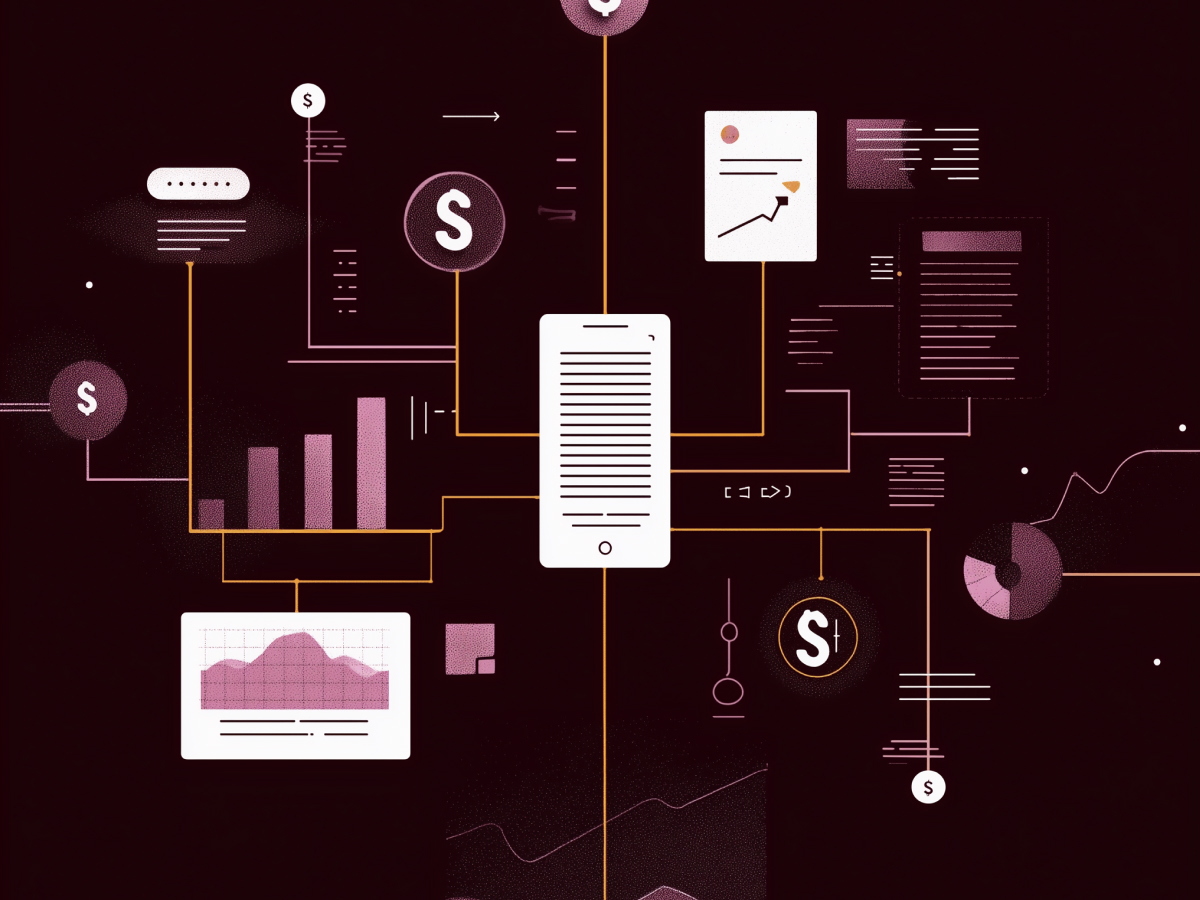Increasing Android’s usability through powerful automation tools
Most people think big change only comes from big companies. That’s not true. Right now, independent developers, people working outside of Google, are doing something actually useful with Android. They’re solving real problems with simple, smart automation. And they’re not waiting on a major OS update to do it.
While Google focuses on large-scale AI tools that are still unreliable in daily use, these developers are building tools that deliver immediate, measurable benefits. Take BuzzKill, for example. It’s not using generative AI. It doesn’t try to answer your questions with hallucinated content. What it does is give users control, real control, over how their phones behave. And most importantly, it works now. It’s efficient, easy to use, and doesn’t make your phone more complicated. It makes it smarter in a very straightforward way.
Look, meaningful innovation isn’t about hype cycles. It’s about making life better. These developers are doing that by focusing on how people actually use their devices during the day. They’re cutting out distractions, streamlining notifications, and helping people engage only with what matters. None of it depends on complex machine learning algorithms or expensive infrastructure. Just smart thinking, applied well.
For C-suite executives, this is a signal. Value doesn’t only come from billion-dollar teams. Sometimes, smart innovation from people outside the system gets to the goal faster. And if your product strategy is focused entirely on headline-grabbing technologies, you’re likely missing opportunities right under your nose, practical tools that are already improving efficiency and reducing noise.
Ignore the size of the company making the tool. Focus on what the tool actually does. If it saves time, eliminates chaos, or drives clarity, then that’s the kind of product that moves the needle.
BuzzKill app enables customizable notification automation on android devices
BuzzKill takes a fragmented part of the Android experience, notifications, and brings structure to it. It allows users to set up rule-based responses to notifications using a basic input-output model: if this happens, then do that. You decide how and when you’re notified, which makes the experience entirely user-driven. It’s not experimenting with speculative features. It’s providing something concrete, custom behavior that adapts to your schedule and your priorities.
With BuzzKill, if a message contains a specific word like “urgent” or comes from a particular app or contact, it can trigger a sequence of actions: repeat every few minutes, override muted settings, or even generate a full-screen alert. You’re not stuck with default behavior. You define what matters, and the app follows through, reliably.
The setup is simple. You don’t need technical knowledge. You don’t need onboarding tutorials or IT intervention. It works straight out of the box. That’s a big deal. Any executive dealing with operational inefficiencies knows that consistent attention to small details, notifications, responses, alerts, can drive performance when they’re handled right.
From a leadership perspective, this kind of customization creates space for higher productivity. When devices behave in sync with a professional’s real-world context, without needing constant manual adjustment, that’s when you reduce noise and get actual signal. This isn’t a theoretical improvement. It’s a measurable one. Reclaimed time, faster awareness, fewer missed messages.
For businesses evaluating which tools to support or standardize across teams, the value proposition here is clear. You empower employees to tailor their devices to match their work style, while maintaining alignment with performance expectations. There’s almost no training required. Deployment and adoption are frictionless. It’s automation without added complexity or overhead. And that’s exactly what intelligent software should deliver.
A new update introduces contextual triggers based on physical phone status
BuzzKill’s latest update moves the conversation forward by making your phone more context-aware. It now detects physical conditions, whether the phone is face-down on a table or sitting in your pocket, and uses that status as a condition to trigger notification behaviors. That means your device starts responding based on your environment, without you having to touch a thing.
This matters because user context changes constantly. A standard notification sound might be fine when the phone is on a desk but goes unnoticed when it’s in your pocket during transit or travel. With this update, you can create rules that adjust audio levels, vibration patterns, or even override “do not disturb” modes depending on how the phone is being carried or used. That’s not theory. That’s practical responsiveness.
As a result, important signals, like a message from your department lead or a critical vendor alert, don’t get missed just because the phone is in the wrong place at the wrong time. You define the priority, and the system delivers, based not only on who is contacting you but how your device is situated when it happens.
From a business operations standpoint, this reduces gaps in communication and ensures timely responses under varying conditions. The difference isn’t in more notifications, it’s in smarter delivery. The noise doesn’t increase. The relevance does.
This feature reflects an important trend in product design: responsiveness without unnecessary complexity. There’s no need to dig into system settings or switch user modes manually. You set up a simple rule once, and the automation adapts as conditions change. That builds consistent performance into basic communication flows.
Executives should view this as a structural gain. In a work environment where information needs to be both timely and manageable, rules-based automation like this elevates reliability. It limits missed context while maximizing the relevance of what reaches your screen, and when.
Custom automation setup is fast, intuitive, and secure
BuzzKill offers something rare in mobile automation, advanced control without overhead. Setting up your first rule takes minutes. You’re not navigating complicated menus. Just specify an app, define a trigger (like a keyword or physical phone status), then choose what happens. Sound an alarm. Repeat a reminder. Unsilence the device. You have full control, and it’s immediate.
More importantly, BuzzKill does this without asking for excessive permissions. It doesn’t access the internet. It doesn’t collect user data. There’s no account to sign into, no integration to configure, and no cloud server involved. That means zero risk of user data being harvested or transmitted. It’s all processed on-device, which significantly lowers exposure, especially in sensitive business environments.
This makes it usable at scale. From a leadership perspective, that’s essential. Tools should work efficiently without becoming a new risk vector. Businesses don’t want to trade productivity for vulnerability, or require custom compliance processes just to deploy an app that helps manage notifications.
BuzzKill’s simplicity doesn’t limit its power. It accelerates deployment across user groups. Employees don’t require technical guidance or IT support to get started. And that lowers the cost of implementation. Time isn’t lost in training or support tickets. The benefit starts as soon as the rule is active.
For executives looking at enterprise mobility, this is the model, tools that are secure by default, configurable by anyone, and valuable immediately. BuzzKill fits that requirement. It doesn’t get in the way. It just works, and every second it saves translates directly to regained focus and better responsiveness.
Key executive takeaways
- Independent innovation drives immediate user value: Independent Android developers are delivering high-impact automation tools that outpace big tech’s AI-heavy roadmap. Leaders should monitor these advancements to identify lean, practical solutions that enhance day-to-day productivity.
- Customizable automation improves workflow precision: BuzzKill enables customizable, rule-based notifications that help users minimize noise and prioritize critical alerts. Executives should consider supporting tools like this to streamline communication and reduce decision fatigue across teams.
- Context-aware functionality boosts relevance and responsiveness: BuzzKill’s ability to respond to physical phone states (like being face-down or in-pocket) ensures high-priority messages get through under any condition. Decision-makers should explore context-based tools that adapt to real-world usage for better responsiveness.
- Low-friction, secure deployment accelerates adoption: BuzzKill requires no data sharing, minimal setup, and offers enterprise-safe automation, with no additional training needed. Leaders should prioritize technologies that are secure by design and quick to implement to maximize ROI without increasing operational burden.





